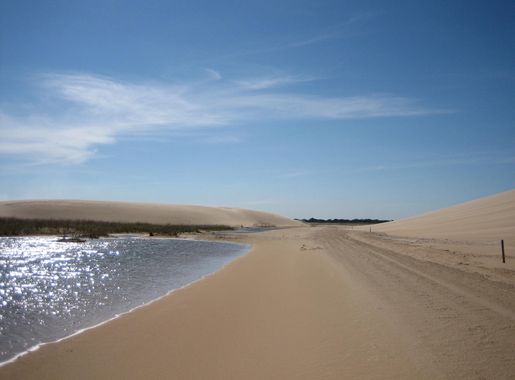
Santa Cruz de la Sierra: Bolivia's Tropical Heartbeat
Discover Santa Cruz de la Sierra: Bolivia's largest city, a vibrant blend of colonial charm, cultural richness, and access to the stunning natural beauty of the Amazon region.
Santa Cruz de la Sierra, often simply called Santa Cruz, is the largest city in Bolivia and serves as a vibrant gateway to the nation's tropical east. Known for its dynamic culture, bustling markets, and a unique blend of traditional and modern influences, Santa Cruz offers a rich tapestry of experiences for visitors. The city's historic center is marked by colonial architecture, with the iconic Cathedral standing proudly in the Plaza 24 de Septiembre, a lively square that is the heart of the city's social life. Exploring Santa Cruz means diving into its energetic streets, where you can find everything from traditional crafts to high-end boutiques. The city is also home to several museums, such as the Museum of Independence and the Ethnographic Museum, which provide insights into Bolivia's diverse cultural heritage. For nature lovers, the nearby Lomas de Arena Regional Park and the expansive Amazon rainforest are just a short drive away, offering opportunities for hiking, bird watching, and experiencing the incredible biodiversity of the region. Santa Cruz's culinary scene is another highlight, with a variety of restaurants serving both local and international cuisine. Don't miss the chance to try regional specialties like 'locro' and 'majadito,' or enjoy fresh tropical fruits from the local markets. As the sun sets, the city's nightlife comes alive with bars, clubs, and live music venues where you can dance the night away to the rhythms of cumbia and salsa.
Local tips in Santa Cruz de la Sierra
- Visit Plaza 24 de Septiembre in the morning to avoid the heat and enjoy a leisurely coffee at one of the nearby cafes.
- Carry insect repellent if you plan to visit the nearby nature reserves or parks.
- Try to learn a few basic Spanish phrases; locals appreciate the effort and it can enhance your experience.
- Check out the local markets for unique souvenirs and fresh produce, especially on weekends.
- If visiting during the rainy season (November to March), pack waterproof clothing and plan for possible travel delays.
Santa Cruz de la Sierra: Bolivia's Tropical Heartbeat
Santa Cruz de la Sierra, often simply called Santa Cruz, is the largest city in Bolivia and serves as a vibrant gateway to the nation's tropical east. Known for its dynamic culture, bustling markets, and a unique blend of traditional and modern influences, Santa Cruz offers a rich tapestry of experiences for visitors. The city's historic center is marked by colonial architecture, with the iconic Cathedral standing proudly in the Plaza 24 de Septiembre, a lively square that is the heart of the city's social life. Exploring Santa Cruz means diving into its energetic streets, where you can find everything from traditional crafts to high-end boutiques. The city is also home to several museums, such as the Museum of Independence and the Ethnographic Museum, which provide insights into Bolivia's diverse cultural heritage. For nature lovers, the nearby Lomas de Arena Regional Park and the expansive Amazon rainforest are just a short drive away, offering opportunities for hiking, bird watching, and experiencing the incredible biodiversity of the region. Santa Cruz's culinary scene is another highlight, with a variety of restaurants serving both local and international cuisine. Don't miss the chance to try regional specialties like 'locro' and 'majadito,' or enjoy fresh tropical fruits from the local markets. As the sun sets, the city's nightlife comes alive with bars, clubs, and live music venues where you can dance the night away to the rhythms of cumbia and salsa.
When is the best time to go to Santa Cruz de la Sierra?
Iconic landmarks you can’t miss
Parque El Arenal
Explore the lush landscapes and diverse ecosystems of Parque El Arenal, a serene natural escape in the heart of Santa Cruz de la Sierra.
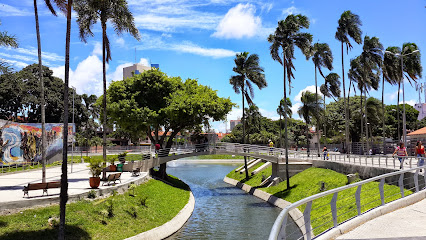
Zoológico Municipal Noel Kempff Mercado
Discover the lush habitats and diverse wildlife at Zoológico Municipal Noel Kempff Mercado in Santa Cruz de la Sierra, a premier tourist attraction for families and nature lovers.
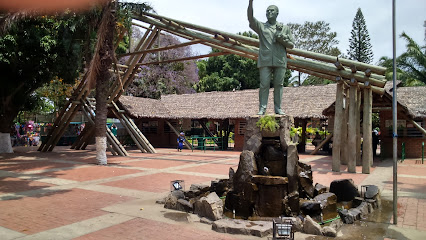
Christ the Redeemer Monument
Explore the iconic Christ the Redeemer Monument in Santa Cruz de la Sierra, where faith meets breathtaking views and rich Bolivian culture.
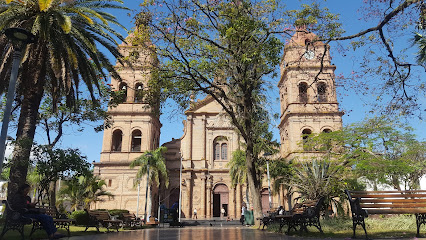
September 24 Square
Experience the vibrant culture and lively atmosphere of September 24 Square in Santa Cruz de la Sierra, a must-visit city park for all tourists.
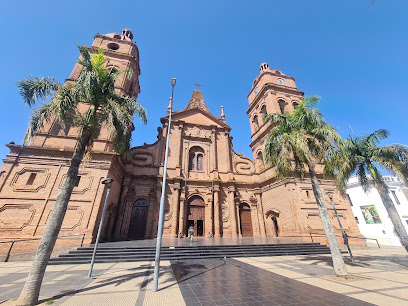
Santa Cruz Municipal Zoo
Discover the wonders of wildlife at Santa Cruz Municipal Zoo, a family-friendly attraction in the heart of Santa Cruz de la Sierra, Bolivia.

Plazuela Blacutt
Experience Plazuela Blacutt, a tranquil park in Santa Cruz de la Sierra, perfect for families and tourists seeking relaxation amidst nature's beauty.
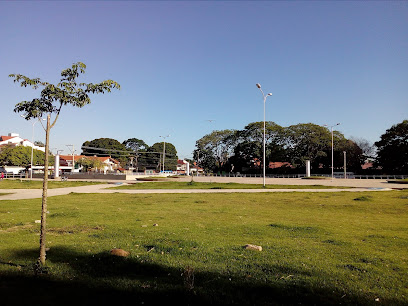
Santa Cruz de la Sierra Botanical Garden
Explore the Santa Cruz de la Sierra Botanical Garden, a lush sanctuary with diverse flora, perfect for relaxation and nature appreciation in Bolivia.
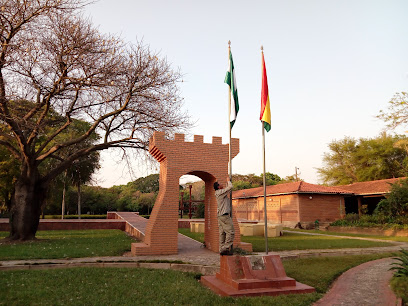
Catedral Metropolitana Basílica Menor de San Lorenzo de Santa Cruz
Experience the rich history and stunning architecture of Catedral Metropolitana Basílica Menor de San Lorenzo in the heart of Santa Cruz, Bolivia.
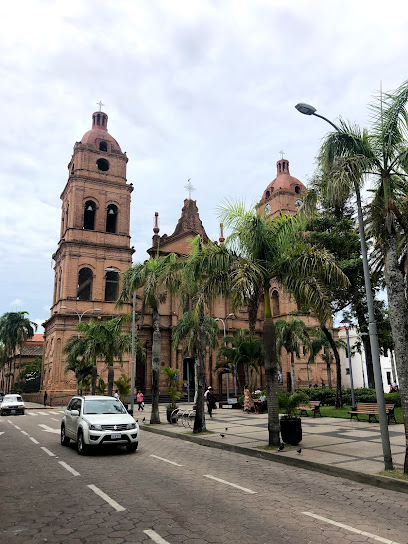
Biocentro Guembe Mariposario
Experience the vibrant biodiversity and serene beauty of Biocentro Guembe Mariposario, an ecological park filled with butterflies and wildlife in Santa Cruz, Bolivia.
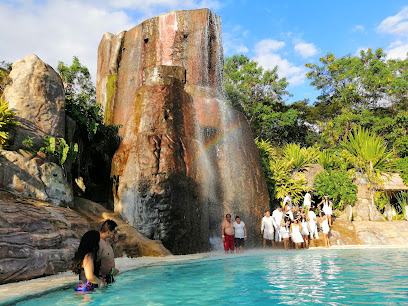
La Rinconada Ecoparque y Restaurante
Explore the beauty of Bolivia at La Rinconada Ecoparque y Restaurante, where nature meets delightful Bolivian cuisine in a serene setting.
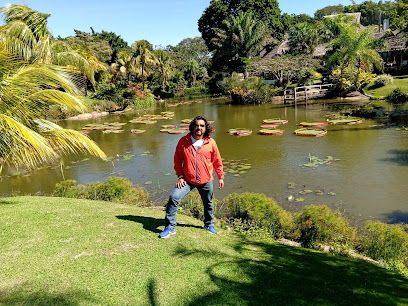
La Madre India
Discover the majestic La Madre India in Santa Cruz de la Sierra, a monumental sculpture reflecting Bolivia's rich indigenous heritage and cultural pride.
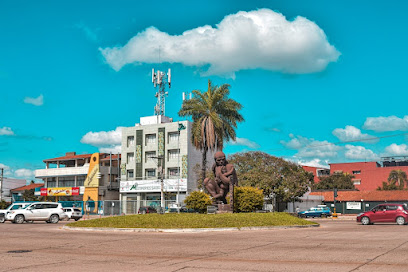
Lomas de Arena Regional Park
Explore Lomas de Arena Regional Park, a stunning natural oasis in Santa Cruz de la Sierra, offering breathtaking sand dunes and diverse wildlife.
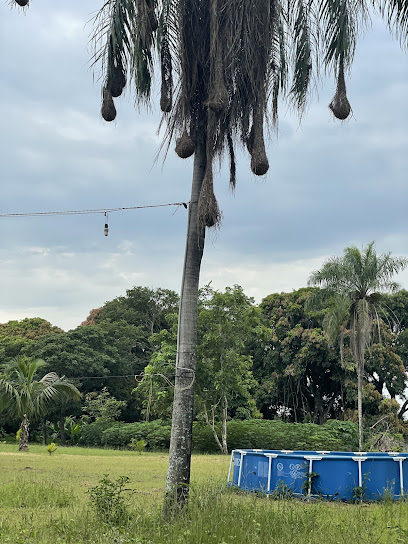
Melchor Pinto House Cultural Center
Discover Bolivia's vibrant culture at the Melchor Pinto House Cultural Center, a must-see museum in Santa Cruz de la Sierra, showcasing art and history.
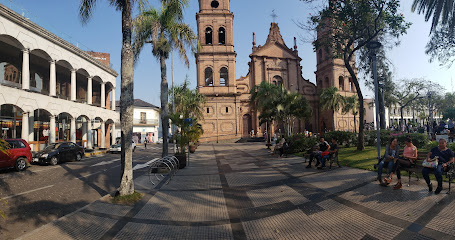
Kalomai Park
Experience the ultimate family day out at Kalomai Park in Santa Cruz de la Sierra, featuring thrilling water attractions, diverse dining, and recreational fun.
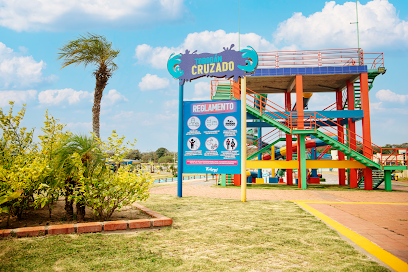
Botanica Restaurant
Experience the best of Bolivian and international cuisine at Botanica Restaurant in Santa Cruz de la Sierra, the perfect spot for food lovers.
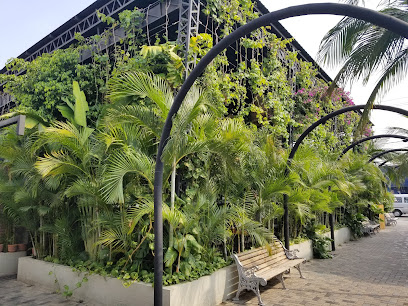
Unmissable attractions to see
Parque Urbano
Discover the serene beauty of Parque Urbano, a lush urban park in Santa Cruz de la Sierra, offering relaxation and vibrant local culture.
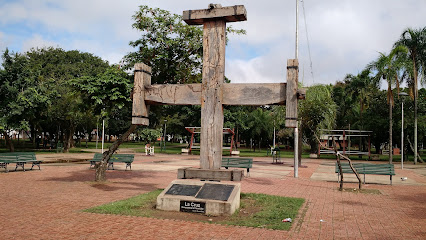
Parque El Arenal
Explore Parque El Arenal, a lush urban park in Santa Cruz de la Sierra, offering relaxation, culture, and beautiful landscapes for every traveler.
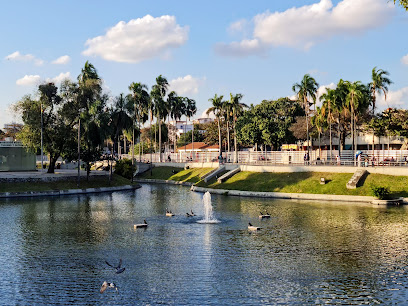
Zoológico Municipal Noel Kempff Mercado
Explore the rich biodiversity at Zoológico Municipal Noel Kempff Mercado, Santa Cruz's premier zoo focusing on conservation and wildlife education.
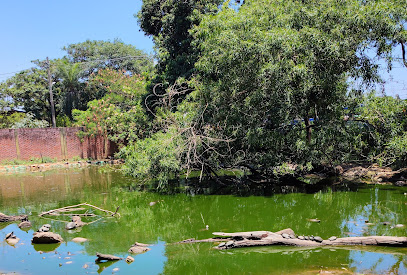
September 24 Square
Discover the vibrant September 24 Square in Santa Cruz de la Sierra, a cultural oasis filled with history, local flavors, and lively social gatherings.
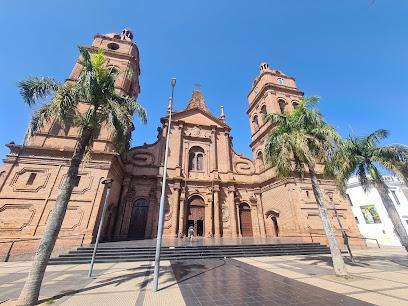
Christ the Redeemer Monument
Explore the iconic Christ the Redeemer Monument in Santa Cruz de la Sierra, where art, spirituality, and stunning views converge to create a must-see attraction.
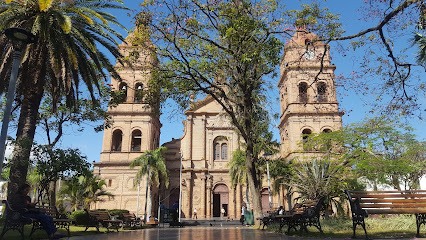
Santa Cruz Municipal Zoo
Experience the vibrant wildlife and educational exhibits at Santa Cruz Municipal Zoo, a premier attraction in Bolivia's bustling capital.
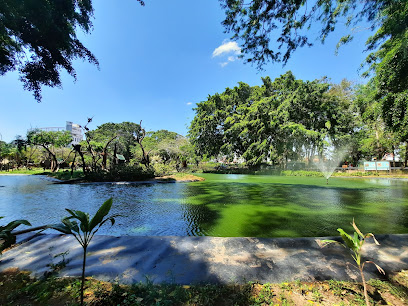
Santa Cruz de la Sierra Botanical Garden
Explore the lush landscapes and diverse flora of Santa Cruz de la Sierra Botanical Garden, a serene escape into nature's beauty in Bolivia.
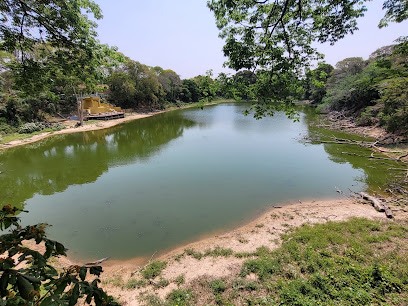
Catedral Metropolitana Basílica Menor de San Lorenzo de Santa Cruz
Discover the breathtaking Catedral Metropolitana Basílica Menor de San Lorenzo, a stunning architectural gem in the heart of Santa Cruz de la Sierra.
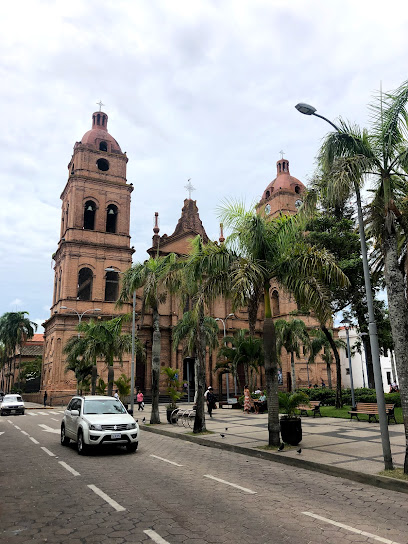
Biocentro Guembe Mariposario
Explore the wonders of nature at Biocentro Guembe, a tropical ecological park filled with butterfly sanctuaries and diverse wildlife in Santa Cruz.
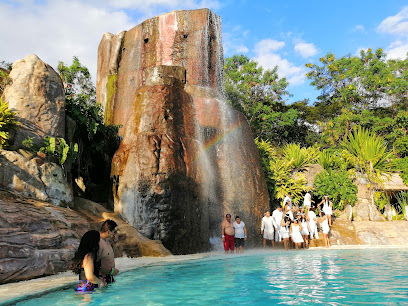
La Rinconada Ecoparque y Restaurante
Discover the beauty of nature at La Rinconada Ecoparque y Restaurante, a perfect blend of adventure and relaxation in Santa Cruz de la Sierra, Bolivia.
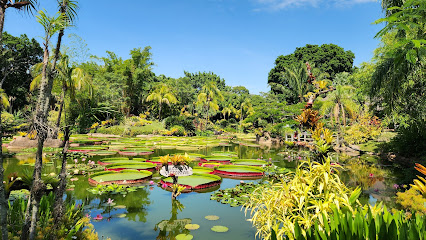
Manzana Uno Espacio de Arte
Immerse yourself in contemporary Bolivian art at Manzana Uno Espacio de Arte – a creative haven in Santa Cruz de la Sierra.
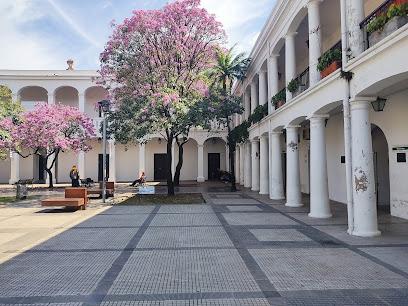
Los Mangales Park
Discover the lush beauty and recreational charm of Los Mangales Park, a must-visit oasis in Santa Cruz de la Sierra for nature lovers and families.
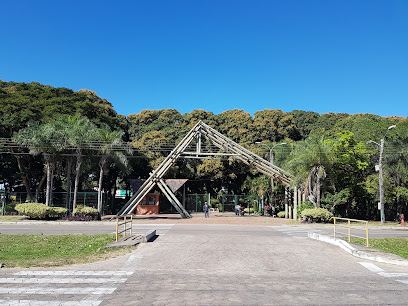
Pirate Airplane
Explore the whimsical Pirate Airplane Park in Santa Cruz de la Sierra - a family-friendly destination with a unique airplane play structure and lush landscapes.

Los Mangales III Park
Discover the tranquility and beauty of Los Mangales III Park in Santa Cruz de la Sierra, a perfect urban oasis for relaxation and recreation.
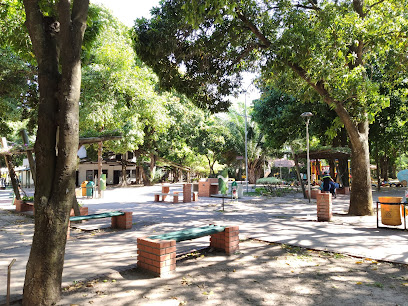
La Rota Carlota
Discover La Rota Carlota, the vibrant gastropub in Santa Cruz de la Sierra, where delicious cuisine meets lively nightlife for an unforgettable experience.
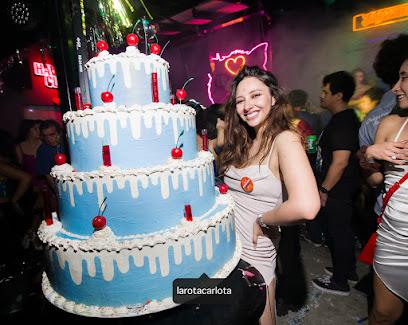
Essential places to dine
La Casa del Camba
Savor authentic Bolivian cuisine at La Casa del Camba - where tradition meets flavor in Santa Cruz de la Sierra.
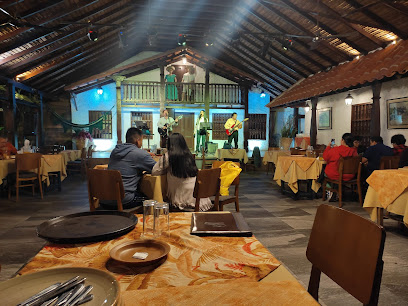
Restaurante El Arriero
Discover El Arriero: Santa Cruz's premier steakhouse offering an exquisite blend of Bolivian flavors and world-class barbecue.
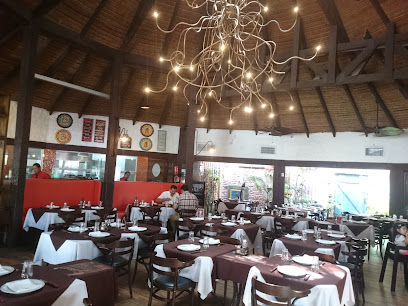
El Aljibe Comida Típica
Discover authentic Bolivian cuisine at El Aljibe Comida Típica in Santa Cruz de la Sierra – a culinary delight for every traveler.

Jardín de Asia
Experience exquisite Asian cuisine amidst lush gardens at Jardín de Asia in Santa Cruz de la Sierra.
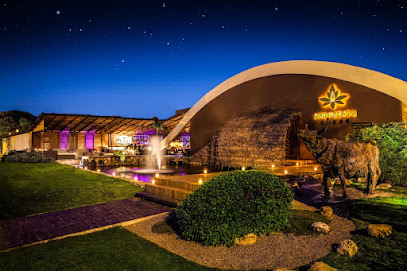
Aviator
Discover the flavors of Bolivia at Aviator in Santa Cruz de la Sierra—your ultimate destination for mouthwatering chicken wings.
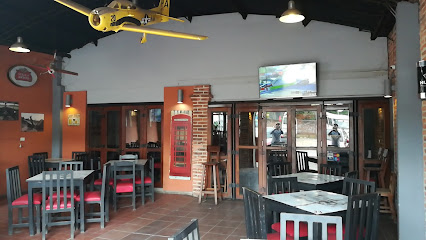
Bravissimo
Experience authentic Italian cuisine at Bravissimo in Santa Cruz de la Sierra – where every dish tells a story.
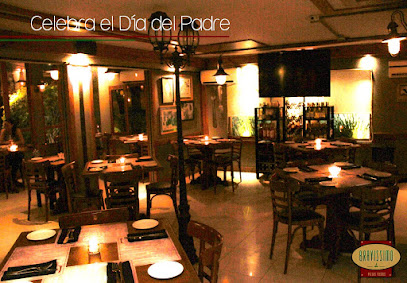
Restaurant Ken
Discover the authentic flavors of Japan at Restaurant Ken in Santa Cruz de la Sierra – where tradition meets contemporary dining.
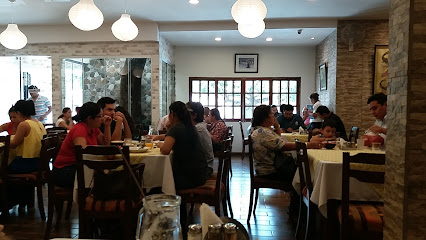
Grill Restaurant La Cabrera
Discover authentic Bolivian cuisine at Grill Restaurant La Cabrera, where every bite tells a story of tradition and flavor in Santa Cruz de la Sierra.
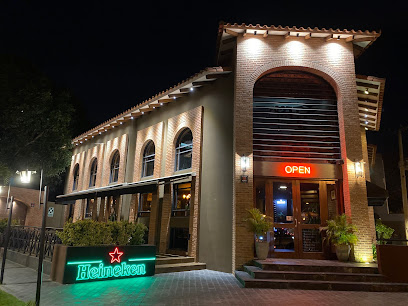
Sach'a Huaska
Discover Sach'a Huaska: A Culinary Gem in Santa Cruz de la Sierra Offering Traditional Bolivian Flavors with a Modern Twist.
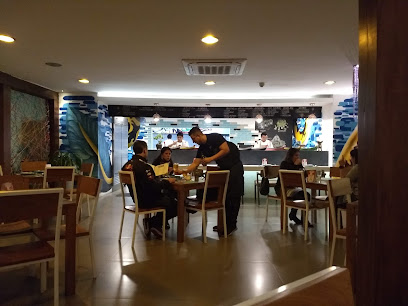
Inés España Bistro & Bakery
Experience the vibrant culinary scene at Inés España Bistro & Bakery in Santa Cruz de la Sierra – where local flavors meet delightful pastries.
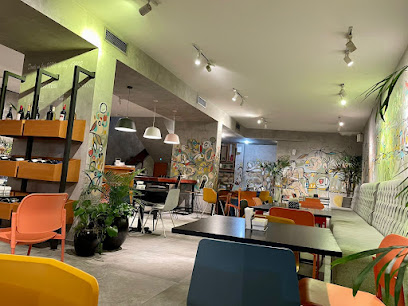
Santo Peccato
Discover authentic Italian flavors at Santo Peccato in Santa Cruz de la Sierra – where exquisite pizza meets charming ambiance.
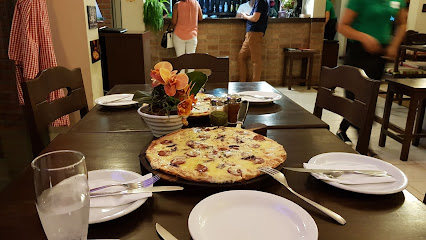
Restaurant El Tabano Santa Cruz
Discover the vibrant tastes of Bolivia at Restaurant El Tabano in Santa Cruz - where local traditions meet culinary innovation.
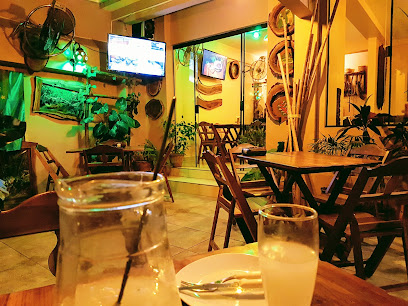
Ristorante Il Borgo Santa Cruz
Discover authentic Italian cuisine at Ristorante Il Borgo in Santa Cruz de la Sierra—where every dish tells a story.
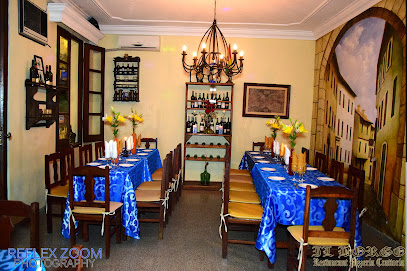
Botanica Restaurant
Discover the exquisite flavors of Bolivia at Botanica Restaurant in Santa Cruz de la Sierra – where nature meets culinary artistry.
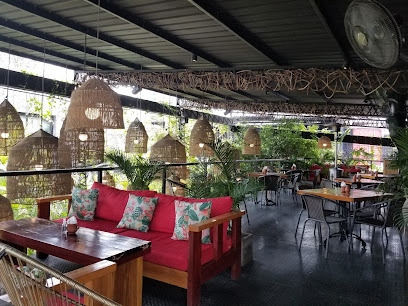
Pagode
Immerse yourself in authentic Brazilian flavors at Pagode - where every meal is a celebration of taste and culture.
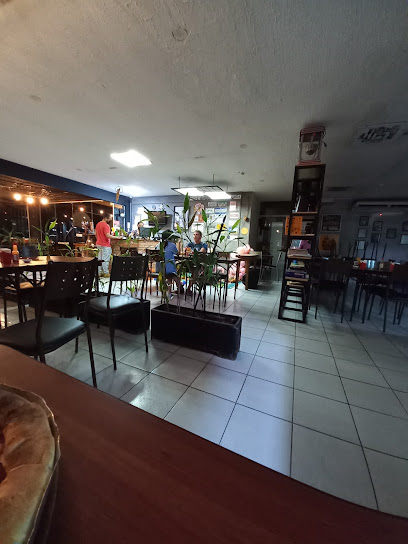
Markets, malls and hidden boutiques
Ventura Mall
Explore Ventura Mall in Santa Cruz de la Sierra for a vibrant shopping experience with international brands, local flavors, and endless entertainment.
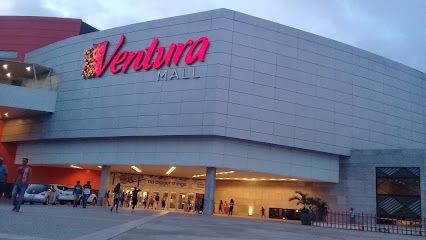
7 Calles Shopping Mall
Discover an exciting blend of shopping, dining, and entertainment at 7 Calles Shopping Mall in Santa Cruz de la Sierra.
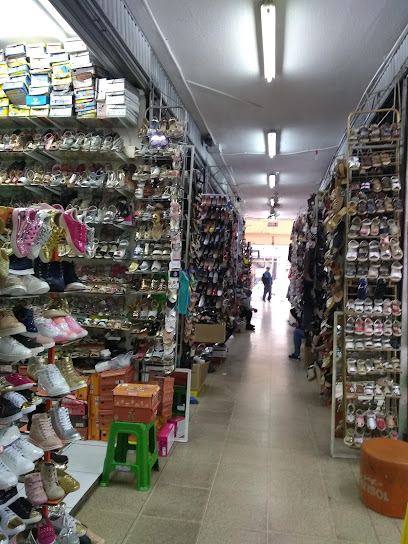
Artesanias La Recoba
Explore the vibrant artisan crafts at Artesanias La Recoba, a unique gift shop in Santa Cruz de la Sierra, showcasing Bolivia's rich culture and artistry.
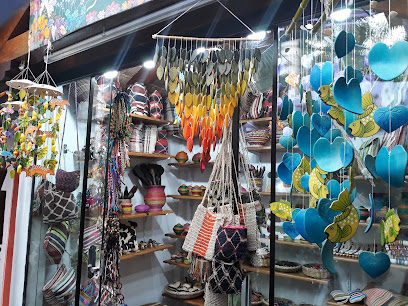
Anime Store Bolivia
Explore the vibrant world of anime and collectibles at Anime Store Bolivia, your ultimate destination for Japanese pop culture in Santa Cruz de la Sierra.

Sakura Shop
Explore health and beauty at Sakura Shop in Santa Cruz de la Sierra – a perfect blend of product variety and serene shopping experience.
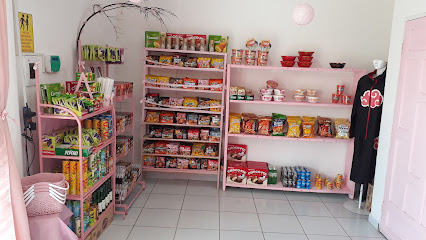
Mora Boutique - tienda de ropa juvenil para mujer - Santa Cruz
Explore Mora Boutique in Santa Cruz for trendy women's fashion and chic accessories that embody local style and elegance.

Locura Asiática Kpop Anime
Explore the heart of Kpop and anime culture at Locura Asiática Kpop Anime, a vibrant shopping mall in Santa Cruz de la Sierra.
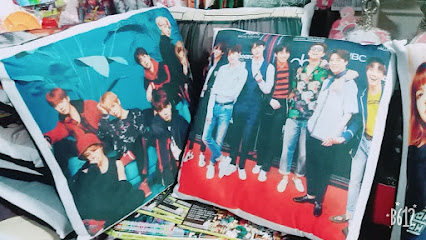
Tienda De Regalos
Discover unique Bolivian fashion at Tienda De Regalos in Santa Cruz - a vibrant clothing store showcasing local craftsmanship and creativity.
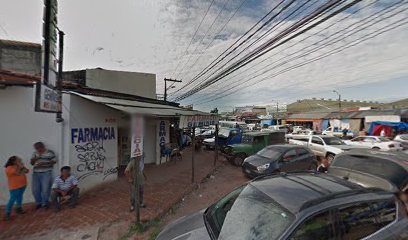
Tienda Vintage CMB
Explore unique vintage women's clothing and accessories at Tienda Vintage CMB in the heart of Santa Cruz de la Sierra.
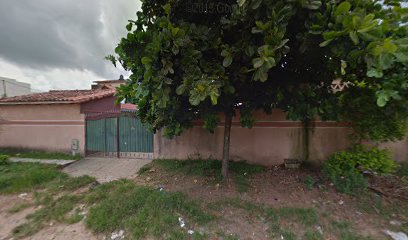
Shopping del Regalo
Discover unique Bolivian gifts at Shopping del Regalo, a treasure trove of artisanal crafts and souvenirs in the heart of Santa Cruz de la Sierra.
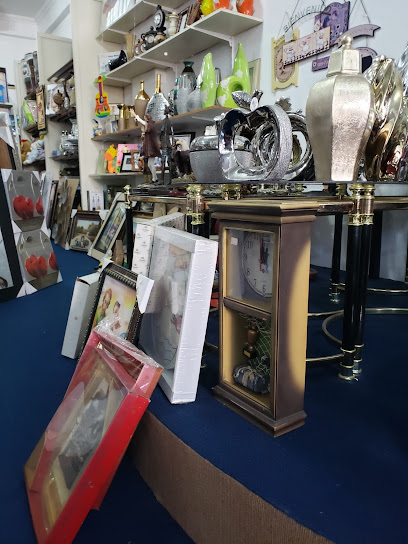
Cosas De Auto
Discover vibrant shopping and local culture at Cosas De Auto, a premier shopping mall in Santa Cruz de la Sierra offering diverse retail and dining experiences.
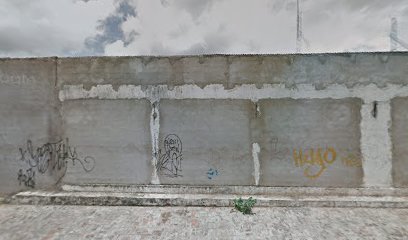
Bolivia STORE Tienda De Ropa & Confeccion
Explore Bolivia STORE in Santa Cruz for a unique shopping experience with authentic local fashion and stylish apparel.
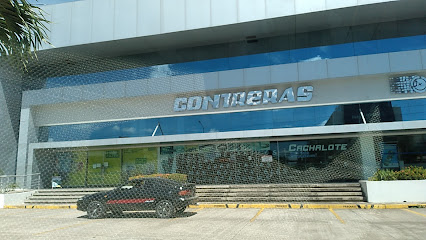
VAISSA Artesanías - Regalos personalizados
Explore the vibrant world of Bolivian craftsmanship at VAISSA Artesanías, your go-to gift shop for unique artistic handicrafts and personalized souvenirs.
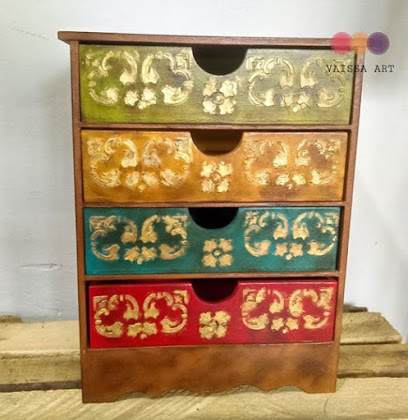
Bijouteria,regalos y cosas de mujeres
Explore Bijouteria in Santa Cruz de la Sierra for unique jewelry and women's gifts, a vibrant shopping experience that celebrates Bolivian craftsmanship.
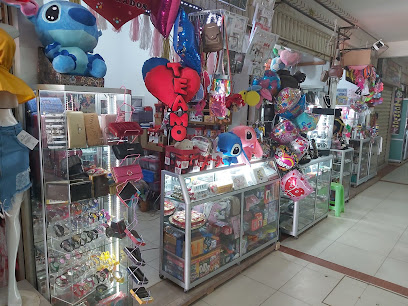
UNICA Boutique
Discover UNICA Boutique: a chic destination for haute couture fashion in Santa Cruz de la Sierra, offering unique styles and exceptional quality.
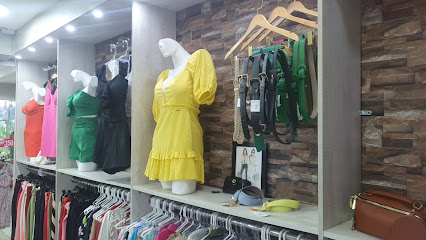
Essential bars & hidden hideouts
Irish Pub
Savor the taste of Ireland in Santa Cruz de la Sierra at this vibrant pub, known for its grilled delights and lively atmosphere.
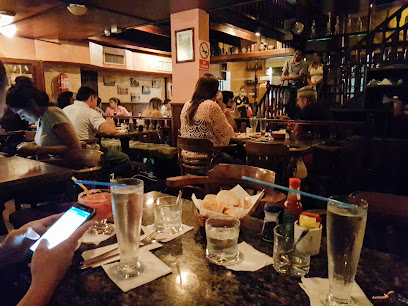
Factory Grill & Bar
Discover the pulsating energy of Factory Grill & Bar, Santa Cruz's premier sports bar offering delicious food and a lively atmosphere for all sports enthusiasts.
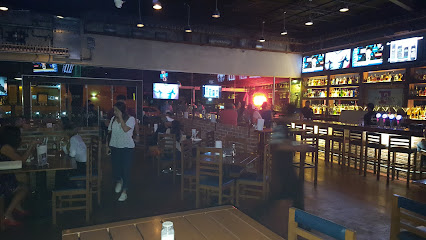
The Dubliner
Discover the charm of Irish culture at The Dubliner, a lively gastropub in Santa Cruz, Bolivia, offering hearty dishes and a vibrant atmosphere.
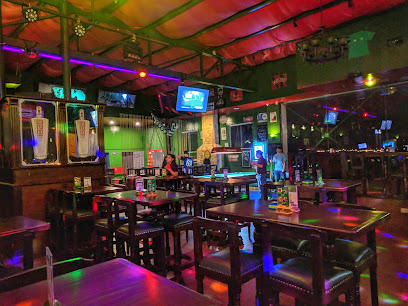
Sir Pieper Resto - Bar
Experience the vibrant flavors of Bolivia at Sir Pieper Resto - Bar, where grilled delights and a lively atmosphere await!
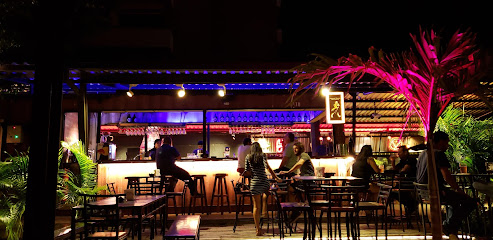
DUDA POP PUB
Discover DUDA POP PUB in Santa Cruz de la Sierra, a lively cocktail bar and pub where nightlife comes alive with great drinks and vibrant atmosphere.
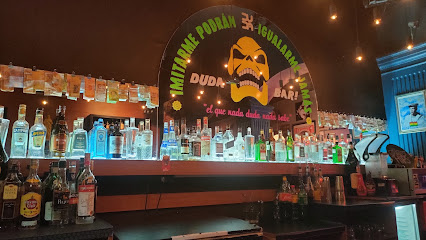
Maratulde
Discover the vibrant nightlife of Maratulde, a lively bar in Santa Cruz de la Sierra, where great drinks and an electric atmosphere await.
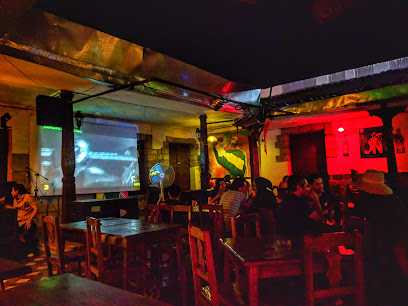
Black House Bar
Discover the lively Black House Bar in Santa Cruz de la Sierra, where delicious food meets a vibrant nightlife experience.
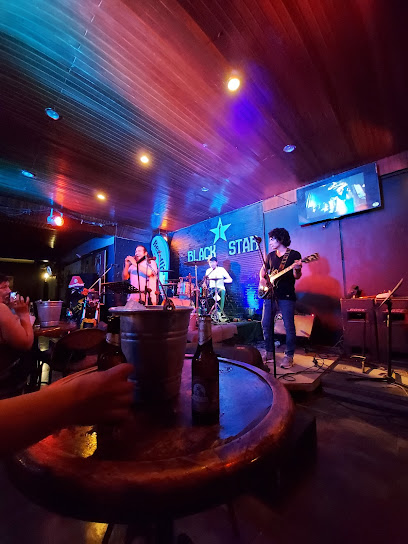
SBC Rooftop
Discover SBC Rooftop in Santa Cruz de la Sierra, where breathtaking views meet exquisite cocktails for an unforgettable nightlife experience.
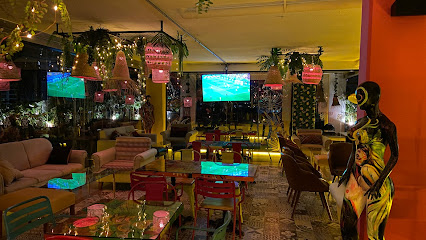
KUKA BAR
Experience the vibrant nightlife at KUKA BAR, where delicious drinks and lively entertainment create unforgettable memories in Santa Cruz de la Sierra.
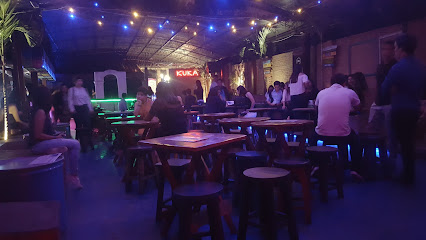
Moe Taberna Pub Santa Cruz
Discover the vibrant nightlife at Moe Taberna Pub in Santa Cruz, where local music and delicious drinks create an unforgettable experience.
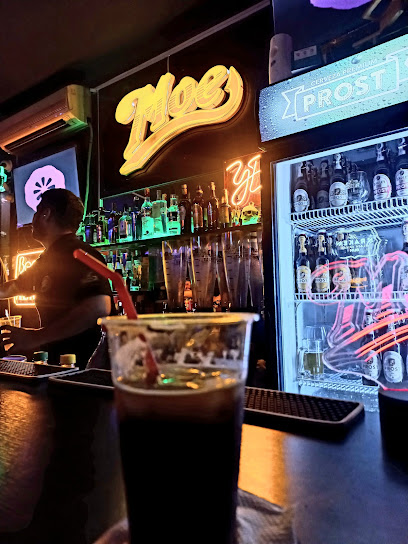
Little Pub Karoake
Discover the lively Little Pub Karaoke in Santa Cruz de la Sierra, a bar where great drinks and unforgettable karaoke nights come together.
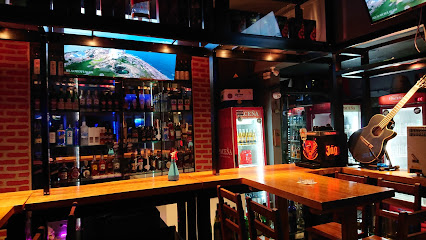
Boulevardier Bar
Discover the vibrant nightlife of Santa Cruz at Boulevardier Bar, where expertly crafted cocktails meet a lively atmosphere.
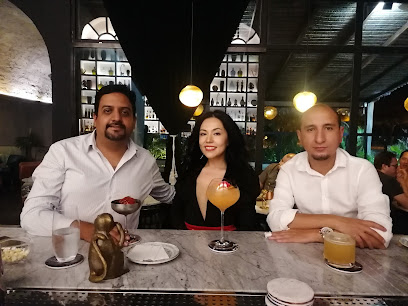
As de Copas
Experience the vibrant ambiance and exquisite tapas at As de Copas, a must-visit bar in Santa Cruz de la Sierra for an unforgettable culinary journey.
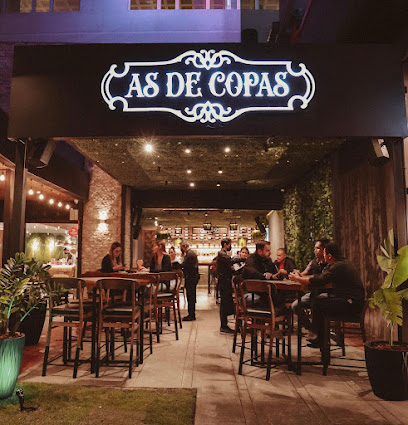
Mojitos Resto Bar
Experience the vibrant nightlife of Santa Cruz at Mojitos Resto Bar, with delicious cocktails and a lively atmosphere that captures the essence of Bolivian culture.
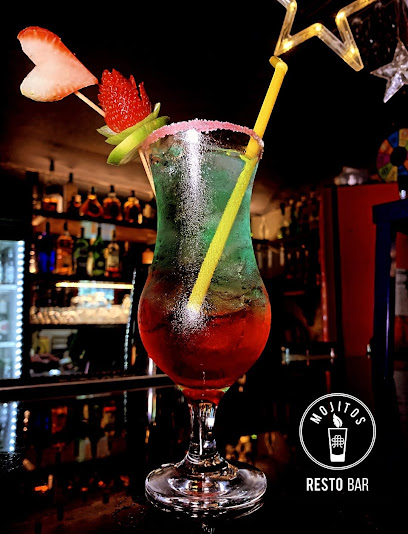
La Riviera Resto Bar
Discover the vibrant flavors of Bolivia at La Riviera Resto Bar, where culinary creativity meets a lively atmosphere in the heart of Santa Cruz.
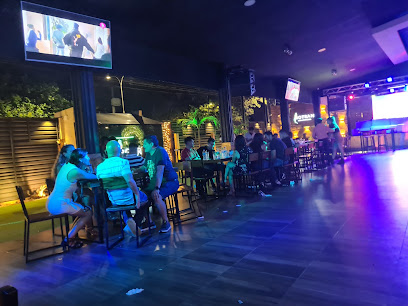
Local Phrases
-
- HelloHola
[oh-lah] - GoodbyeAdiós
[ah-dee-ohs] - YesSí
[see] - NoNo
[noh] - Please/You're welcomePor favor/De nada
[por fah-vohr/deh nah-dah] - Thank youGracias
[grah-see-ahs] - Excuse me/SorryPerdón/Lo siento
[pehr-dohn/loh see-ehn-toh] - How are you?¿Cómo estás?
[koh-moh ehs-tahs] - Fine. And you?Bien. ¿Y tú?
[byehn. ee too] - Do you speak English?¿Hablas inglés?
[ah-blahs een-glehs] - I don't understandNo entiendo
[noh ehn-tee-ehn-doh]
- HelloHola
-
- I'd like to see the menu, pleaseMe gustaría ver el menú, por favor
[meh goo-stah-ree-ah vehr ehl meh-noo, por fah-vohr] - I don't eat meatNo como carne
[noh koh-moh kahr-neh] - Cheers!¡Salud!
[sah-lood] - I would like to pay, pleaseMe gustaría pagar, por favor
[meh goo-stah-ree-ah pah-gahr, por fah-vohr]
- I'd like to see the menu, pleaseMe gustaría ver el menú, por favor
-
- Help!¡Ayuda!
[ah-yoo-dah] - Go away!¡Vete!
[veh-teh] - Call the Police!¡Llama a la policía!
[yah-mah ah lah poh-lee-see-ah] - Call a doctor!¡Llama a un médico!
[yah-mah ah oon meh-dee-koh] - I'm lostEstoy perdido
[ehs-toy pehr-dee-doh] - I'm illEstoy enfermo
[ehs-toy ehn-fehr-moh]
- Help!¡Ayuda!
-
- I'd like to buy...Me gustaría comprar...
[meh goo-stah-ree-ah kohm-prahr...] - I'm just lookingSolo estoy mirando
[soh-loh ehs-toy mee-rahn-doh] - How much is it?¿Cuánto cuesta?
[kwan-toh kwehs-tah] - That's too expensiveEsto es demasiado caro
[ehs-toh ehs deh-mah-see-ah-doh kah-roh] - Can you lower the price?¿Puedes bajar el precio?
[pweh-dehs bah-hahr ehl pree-syoh]
- I'd like to buy...Me gustaría comprar...
-
- What time is it?¿Qué hora es?
[keh oh-rah ehs] - It's one o'clockEs la una
[ehs lah oo-nah] - Half past (10)Las diez y media
[lahs dyehs ee meh-dee-ah] - MorningMañana
[mah-nyah-nah] - AfternoonTarde
[tahr-deh] - EveningNoche
[noh-cheh] - YesterdayAyer
[ah-yehr] - TodayHoy
[oy] - TomorrowMañana
[mah-nyah-nah] - 1Uno
[oo-noh] - 2Dos
[dohs] - 3Tres
[trehs] - 4Cuatro
[kwah-troh] - 5Cinco
[seen-koh] - 6Seis
[seys] - 7Siete
[syeh-teh] - 8Ocho
[oh-choh] - 9Nueve
[nweh-veh] - 10Diez
[dyehs]
- What time is it?¿Qué hora es?
-
- Where's a/the...?¿Dónde está...?
[dohn-deh ehs-tah] - What's the address?¿Cuál es la dirección?
[kwahl ehs lah dee-rehk-syohn] - Can you show me (on the map)?¿Puedes mostrarme (en el mapa)?
[pweh-dehs mohs-trahr-meh (ehn ehl mah-pah)] - When's the next (bus)?¿Cuándo es el próximo (autobús)?
[kwan-doh ehs ehl proh-ksee-moh (ow-toh-boos)] - A ticket (to ....)Un boleto (a ...)
[oon boh-leh-toh (ah ...)]
- Where's a/the...?¿Dónde está...?
History of Santa Cruz de la Sierra
-
Santa Cruz de la Sierra was founded on February 26, 1561, by Spanish explorer Ñuflo de Chaves. Originally established in the Chiquitos region, the city was moved to its present location in 1592 due to conflicts with indigenous tribes and harsh environmental conditions in the original settlement.
-
During the colonial era, Santa Cruz de la Sierra developed as a modest agricultural hub. The city was relatively isolated from the major trade routes, which contributed to its slower economic growth compared to other Bolivian cities. However, it managed to prosper by focusing on cattle ranching, sugar cane, and other agricultural activities.
-
Santa Cruz de la Sierra played a significant role in Bolivia's independence movement. The city and its surrounding regions provided crucial support to the revolutionary forces. After Bolivia gained independence in 1825, Santa Cruz continued to grow, albeit at a slower pace compared to the highland cities. The region's agricultural products remained its main economic drivers.
-
The mid-20th century marked a turning point for Santa Cruz de la Sierra with the discovery of oil and natural gas reserves in the surrounding areas. This led to an economic boom, attracting investments and prompting rapid modernization. Infrastructure, such as roads, airports, and buildings, were developed, transforming Santa Cruz into a bustling urban center.
-
Santa Cruz de la Sierra is known for its vibrant mix of cultures, blending indigenous, Spanish, and immigrant influences. The city hosts numerous festivals and events celebrating this diversity, including the renowned Carnival of Santa Cruz, a spectacular event featuring parades, music, and traditional dances.
-
Today, Santa Cruz de la Sierra is one of Bolivia's most important economic centers and the country's largest city. It is a hub for commerce, finance, and agriculture, with a rapidly growing population and expanding urban landscape. The city's dynamic culture, rich history, and modern amenities make it a fascinating destination for travelers.
Santa Cruz de la Sierra Essentials
-
Santa Cruz de la Sierra is accessible through Viru Viru International Airport (VVI), located about 16 km from the city center. Numerous international and domestic airlines operate flights to and from this airport. From the airport, you can take a taxi or use ride-sharing services to reach your destination in the city. Additionally, bus services connect Santa Cruz de la Sierra with other major cities in Bolivia and neighboring countries.
-
Getting around Santa Cruz de la Sierra is relatively straightforward. Taxis are widely available and affordable, but make sure to negotiate the fare in advance or ensure the meter is running. Public buses and minibuses (known as 'micros') operate throughout the city and are an economical option. Car rentals are also available for those who prefer to explore on their own schedule. Bicycle rentals can be found in some parts of the city, particularly in tourist areas.
-
The official currency in Bolivia is the Boliviano (BOB). Credit cards are accepted in many hotels, restaurants, and larger shops, but it is advisable to carry cash for transactions in smaller establishments and markets. ATMs are widely available in Santa Cruz de la Sierra, and currency exchange services can be found in banks and exchange offices.
-
Santa Cruz de la Sierra is generally safe for tourists, but standard precautions should be taken. Avoid displaying valuables openly and be cautious in crowded areas to prevent pickpocketing. Certain neighborhoods, such as Plan 3000 and Villa Primero de Mayo, have higher crime rates and should be avoided, especially at night. Always use registered taxis or ride-sharing services and avoid walking alone in unfamiliar areas after dark.
-
In case of emergency, dial 110 for police assistance, 118 for medical emergencies, and 119 for fire services. Major hospitals such as Hospital San Juan de Dios and Clínica Niño Jesús offer medical services. It is recommended to have travel insurance that includes medical coverage. Pharmacies are widely available for minor health issues, and many pharmacists speak basic English.
-
Fashion: Do dress modestly, especially when visiting religious sites. Avoid wearing overly revealing clothing. Religion: Do respect local customs and traditions. Always remove your hat when entering churches. Public Transport: Do be respectful and give up your seat to elderly passengers. Don't eat or drink on public transport. Greetings: Do greet people with a handshake. A kiss on the cheek is common among friends and acquaintances. Eating & Drinking: Do try local delicacies and accept food offerings graciously. Don't refuse hospitality, as it is considered impolite.
-
To experience Santa Cruz de la Sierra like a local, visit the local markets such as Mercado Los Pozos and Mercado La Ramada, where you can buy fresh produce and traditional Bolivian goods. Engage with locals, as they are often friendly and willing to share stories about the city's history and culture. Don't miss visiting Parque El Arenal and the historical center around Plaza 24 de Septiembre. For a unique experience, explore the nearby Amboró National Park, which offers breathtaking natural scenery and diverse wildlife.
Trending Landmark in Santa Cruz de la Sierra
-
Parque El Arenal
-
Zoológico Municipal Noel Kempff Mercado
-
Christ the Redeemer Monument
-
September 24 Square
-
Santa Cruz Municipal Zoo
-
Plazuela Blacutt
-
Santa Cruz de la Sierra Botanical Garden
-
Catedral Metropolitana Basílica Menor de San Lorenzo de Santa Cruz
-
Biocentro Guembe Mariposario
-
La Rinconada Ecoparque y Restaurante
-
La Madre India
-
Lomas de Arena Regional Park
-
Melchor Pinto House Cultural Center
-
Kalomai Park
-
Botanica Restaurant
Nearby Cities to Santa Cruz de la Sierra
-
Things To Do in Sucre
-
Things To Do in Cochabamba
-
Things To Do in Potosi
-
Things To Do in Tarija
-
Things To Do in Uyuni
-
Things To Do in La Paz
-
Things To Do in Copacabana
-
Things To Do in Tacna
-
Things To Do in Arica
-
Things To Do in Puno
-
Things To Do in San Pedro de Atacama
-
Things To Do in Iquique
-
Things To Do in Salta
-
Things To Do in Arequipa
-
Things To Do in Antofagasta







